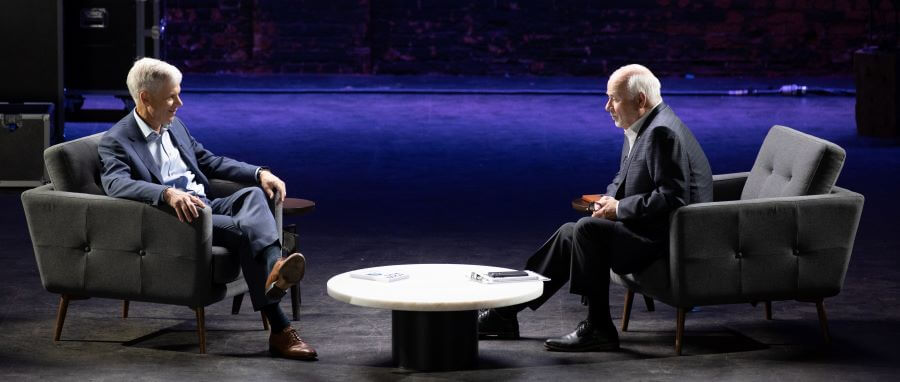In 2018, we conducted a poll with Ipsos that found the vast majority of Canadians — 93 per cent — want to stay in their homes for as long as possible and hope to avoid assisted living facilities.
The survey involved Canadians of all ages. It found that homeowners 55 and up, in particular, wanted to stay in their homes to maintain a sense of independence.
However, the wish to age at home comes with its own worries for many of us. What happens after we stop working, we’re on fixed incomes and we want to remain living in expensive cities like Toronto or Vancouver? Can we afford to live comfortably as well as pay for any at-home assistance that could become necessary as age-related health issues emerge? Where will we get the money to fund our decision to remain in our homes for as long as possible? How will be able to keep up physically and financially with the demands of home ownership?
I don’t think anyone should have to make a choice between the comfort and independence of remaining in their homes or receiving the type of care that might be more readily available in assisted living facilities. Nor should older Canadians be forced out of the cities they love for more affordable communities that may offer fewer amenities and take them far away from friends, family and support systems. Loneliness, after all, is a major problem for seniors, with some studies suggesting it could be life-threatening.
Savvy innovators and entrepreneurs have seen the opportunity presented by these sorts of challenges. With that in mind, there is now an ever-growing range of potential solutions at hand for those of us determined to remain in our homes as we age.
Existing technologies like ride sharing, grocery and prepared meal delivery, on-demand home maintenance and repair services and telemedicine offerings are making it easier to stay put. What’s known as “connected care technology” that includes remote blood and heart monitors, mobile health apps and wearable fitness devices is also facilitating the desire to remain in our homes. Robots are even being used in some Japanese elder care facilities, suggesting that one day in the future they could be part of the solution for those determined to stay at home.
Something called “home as service” is also looming on the horizon. In short, the entire home becomes a smart space that’s tuned into its occupants’ well-being. In the years to come, sensors throughout our homes will be able to monitor how active we are and even notify paramedics if we need urgent care. And we’ll likely be able to check in via our devices with health-care professionals to assure them we’re in good health. There are already apps providing some of these services, in fact. A smart home would allow us to choose services from a menu of offerings, helping us manage costs and retain independence to continue doing the things we love around the house. All of these innovations are expected to be cheaper for society at large and will prevent national health-care costs from spiralling out of control.
We’re all living healthier and longer lives, so it’s time to stop viewing assisted living facilities as the best solution for aging Canadians. Instead we should look to the people and companies that have been dubbed “longevity innovators.” They’re providing us with a multitude of options as we age, and those options will only improve and increase in the years ahead.
At HomeEquity Bank, we’re aligned with our fellow Canadians: We believe the best place to retire is in your own home. And along with advances in on-demand services and smart technologies, our CHIP Reverse Mortgage can help Canadians who want to enjoy their retirement with financial security in the comfort of their own homes. We’re proud to help make that wish a reality.







